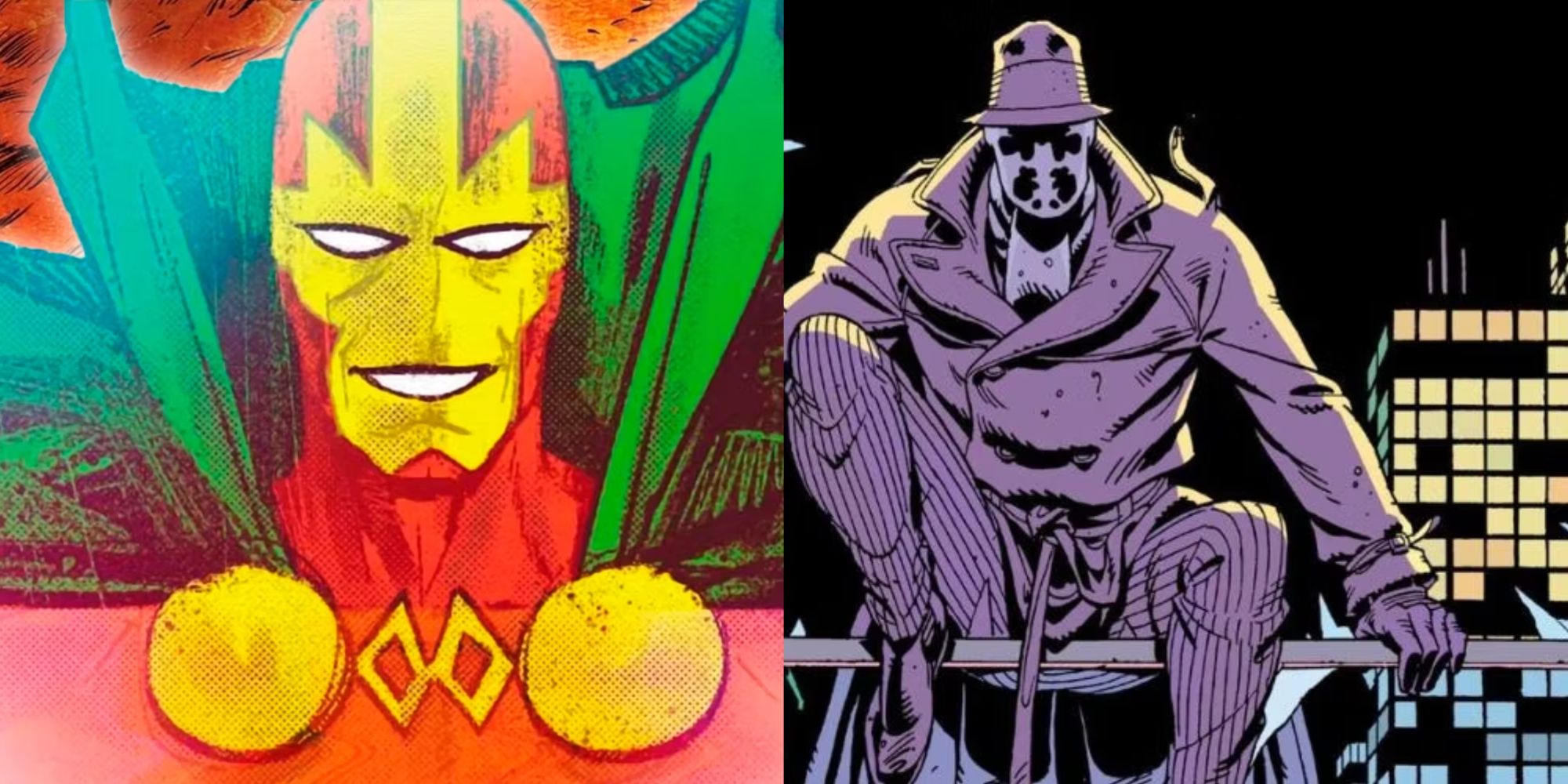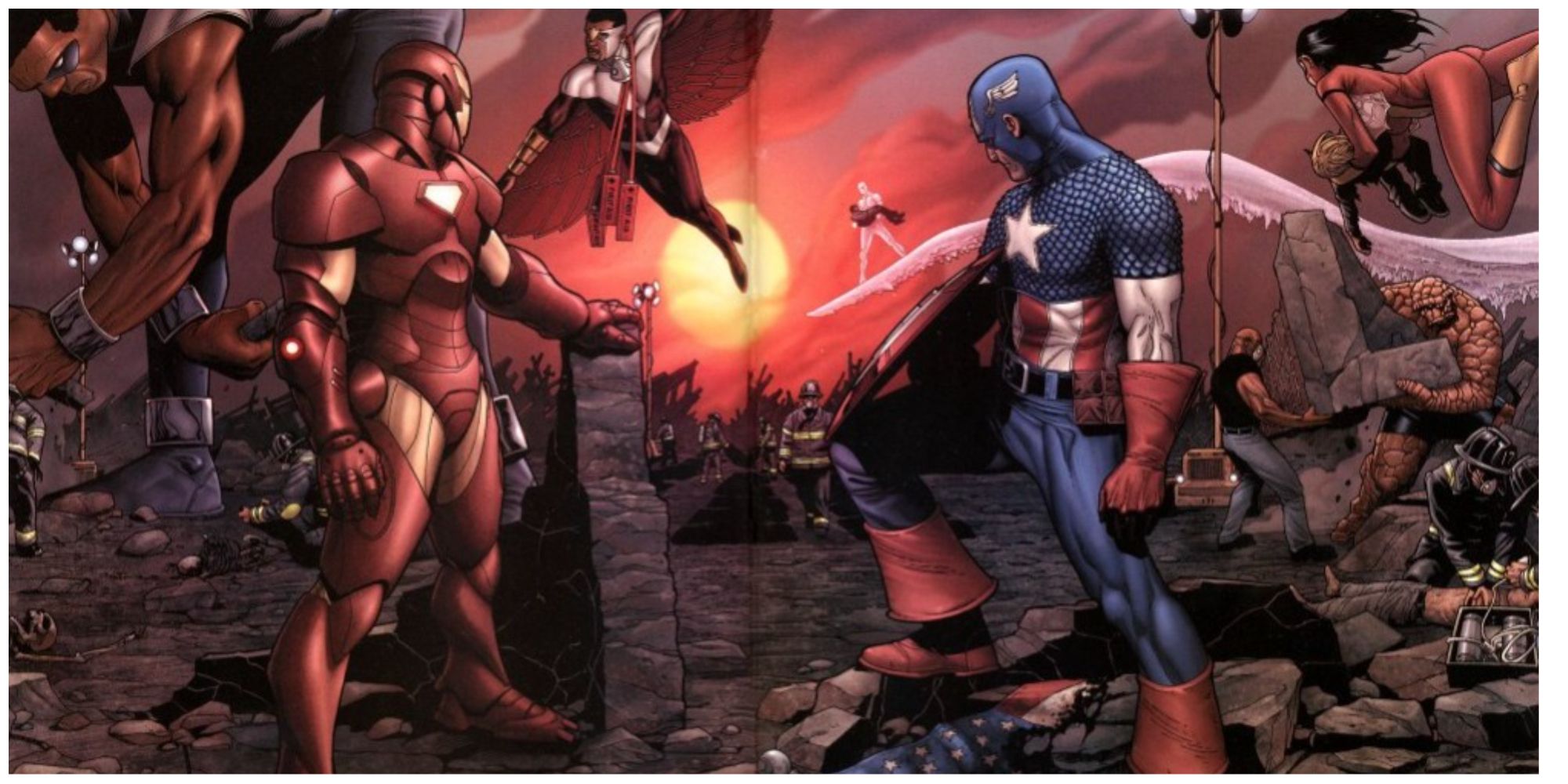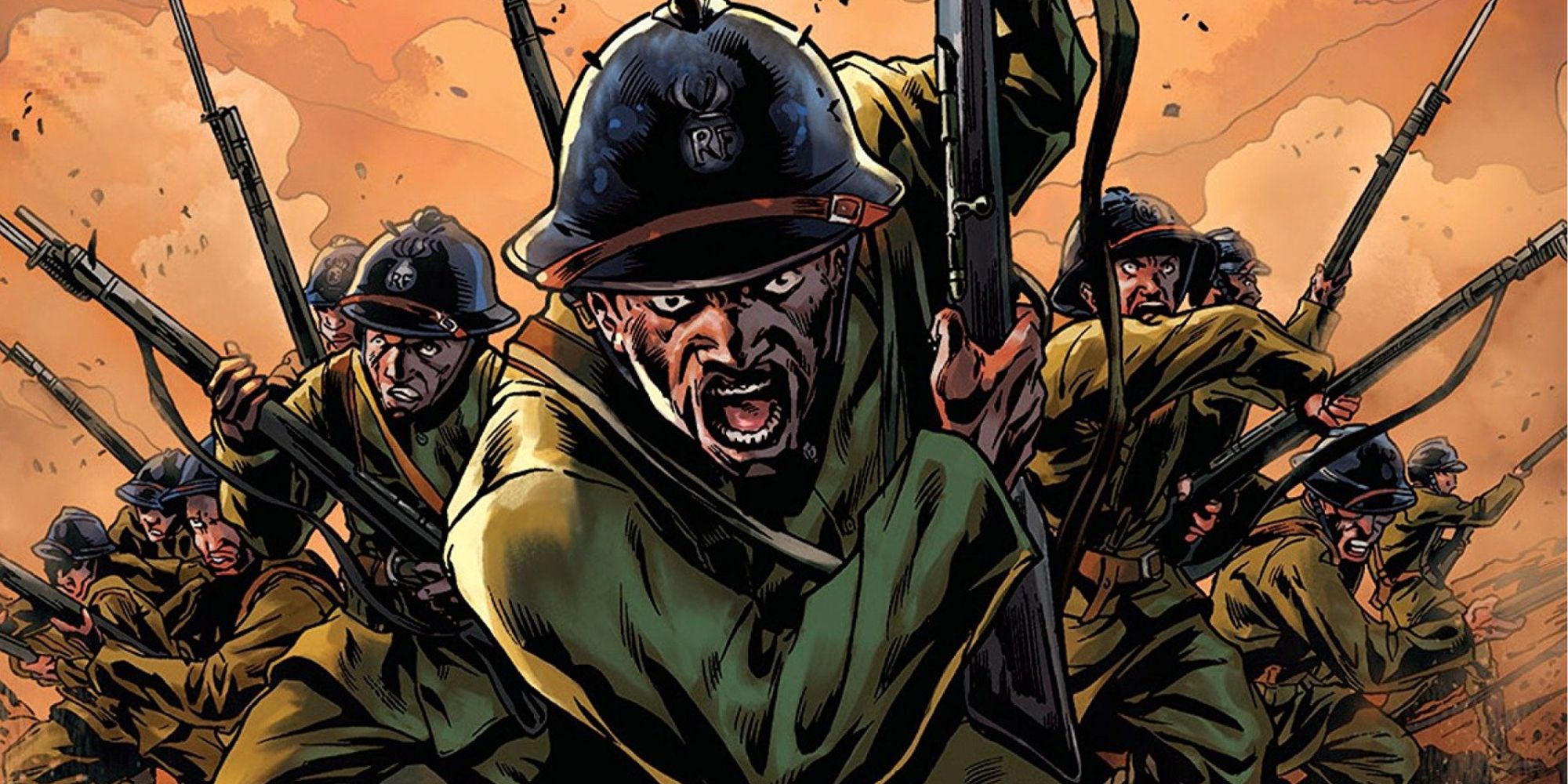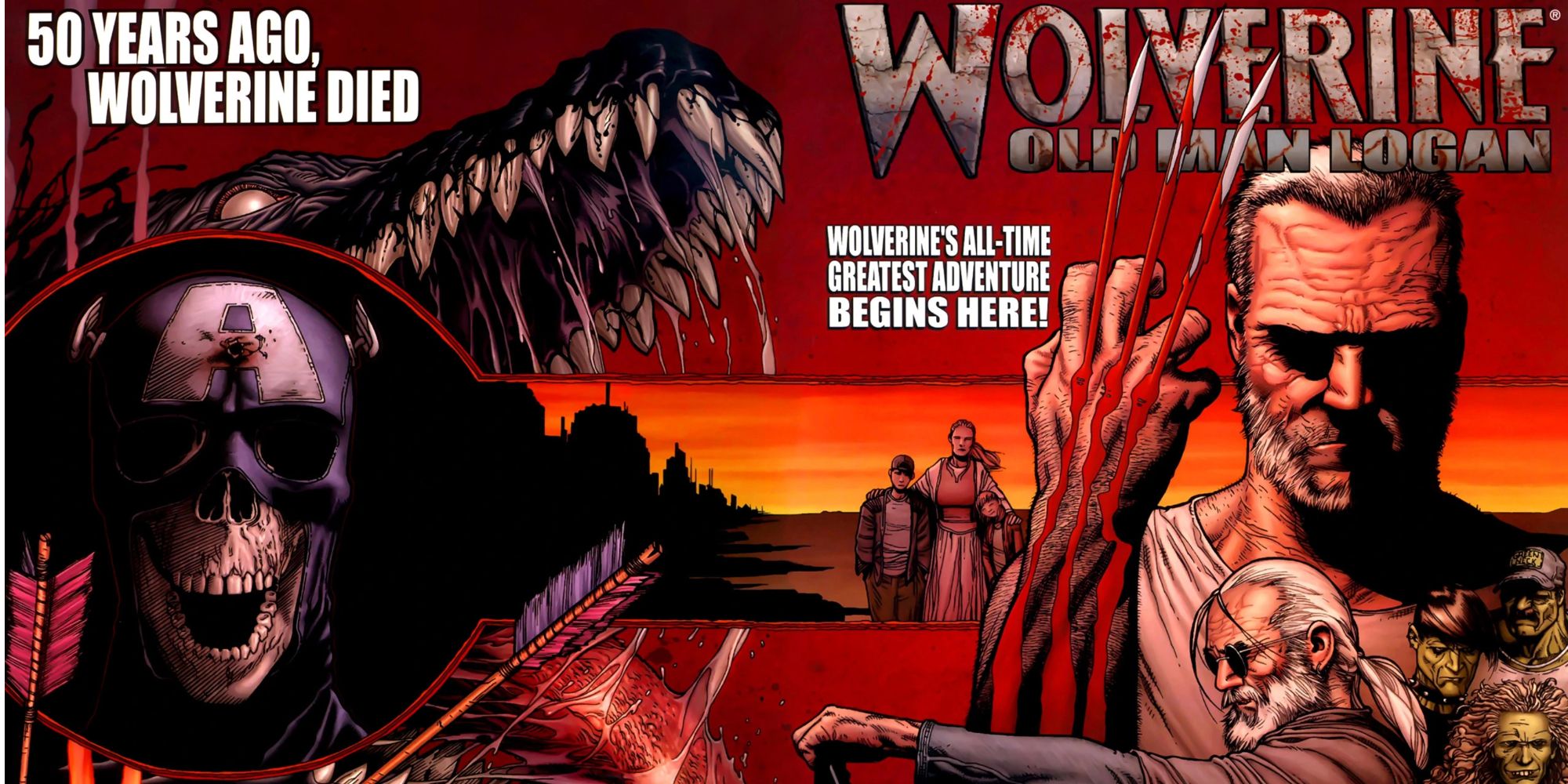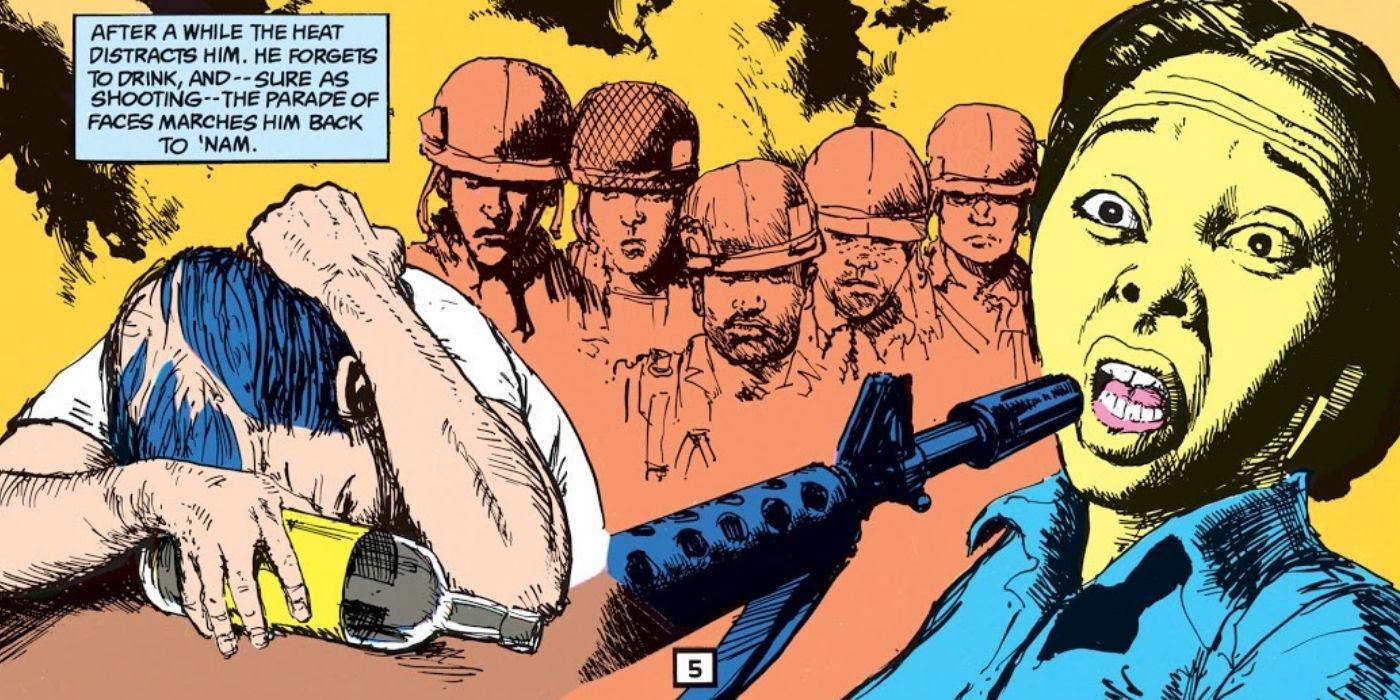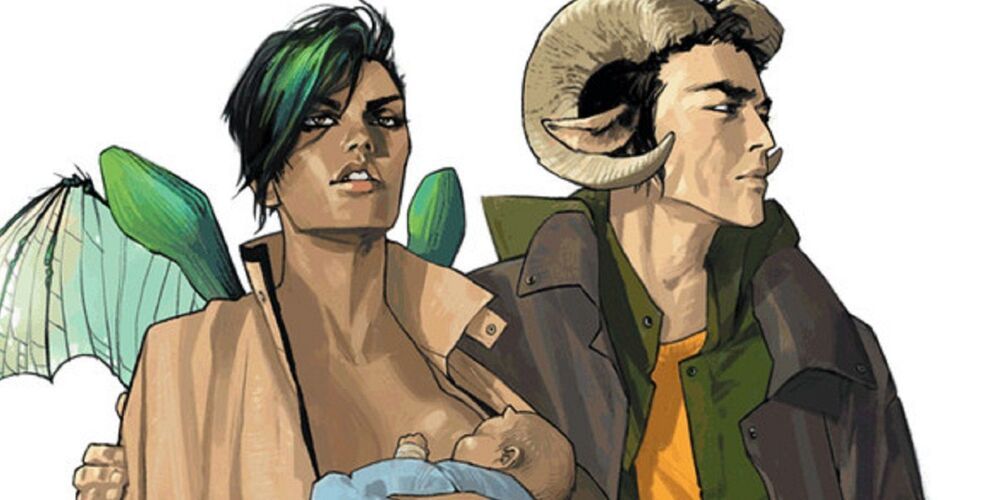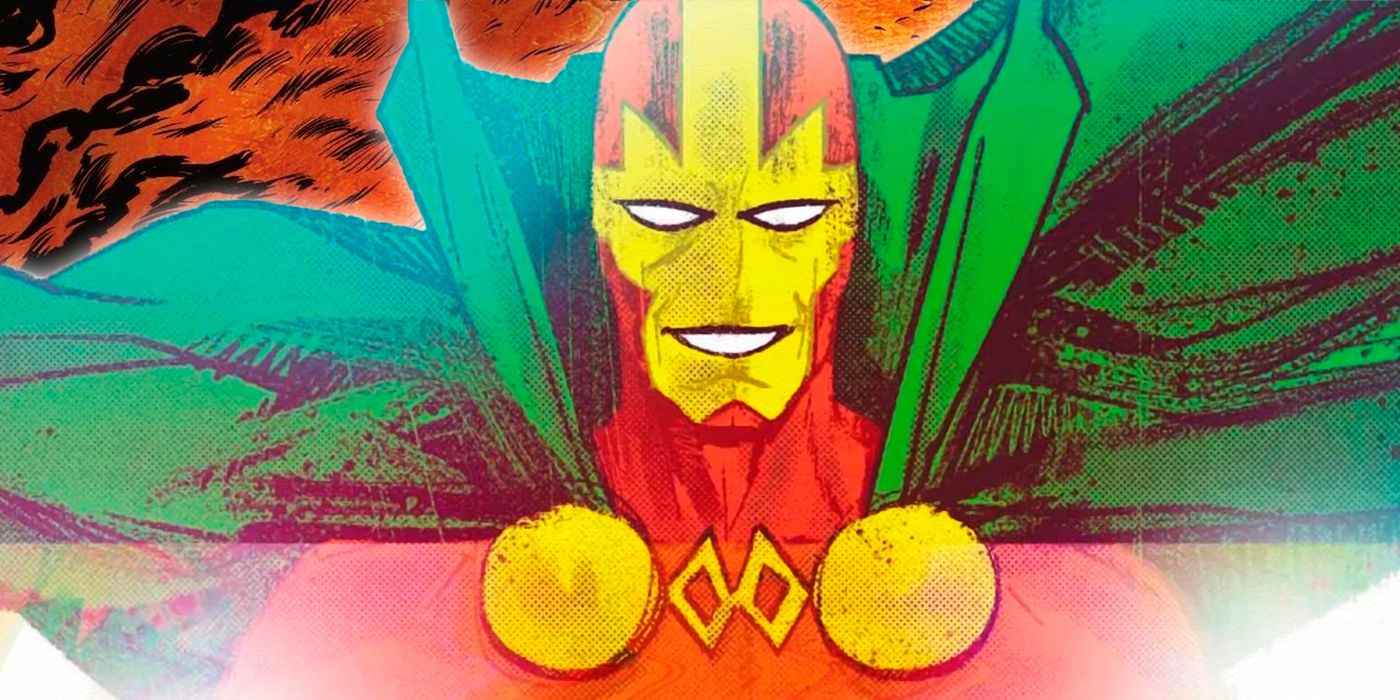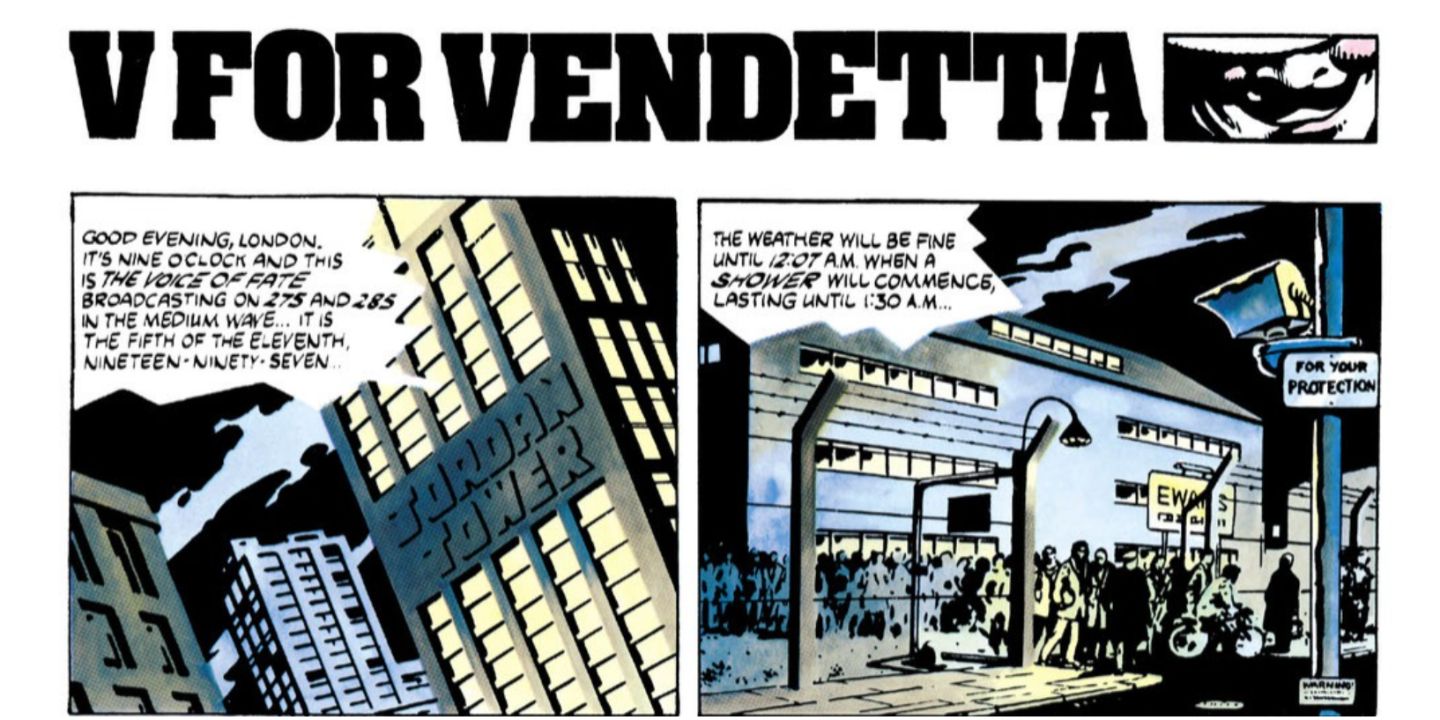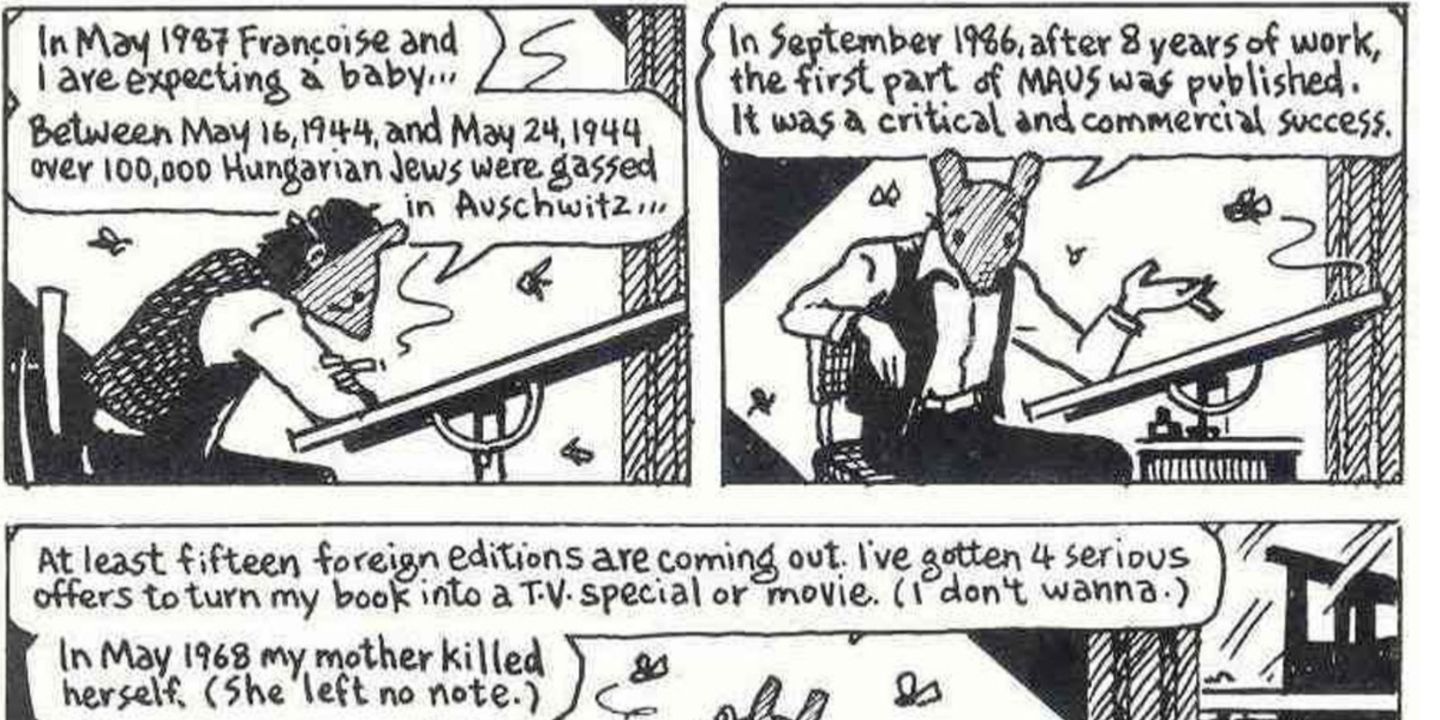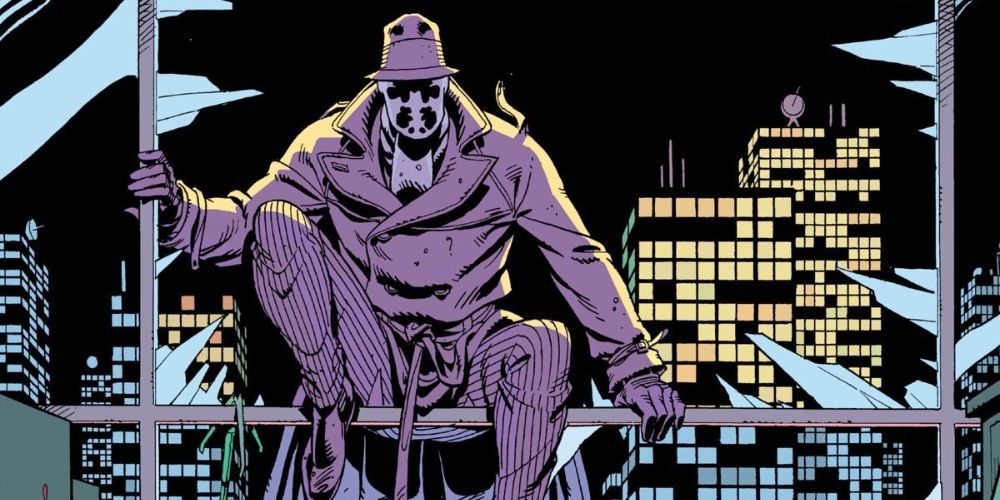Comics are incredibly popular these days, and with so many books to choose from, it's more important than ever to grab a reader's attention from the start. A combination of eye-catching art and intriguing writing helps ensure that readers will keep turning the pages.
The best comics keep their readers wanting to come back. Not just for a glimpse of their favorite characters, but because every issue brings them something new, and returns them to a different world. Rather than relying on their readers to fall back in, great books take their readers on a different path into their stories every time.
This article discusses graphic violence and attempted suicide.
10 Civil War #1 Shows What Happens When Superheroes Make A Bad Call
Civil War, written by Mark Millar with art by Steve McNiven, Dexter Vines, and Morry Hollowell, drastically reshaped the landscape of the Marvel Universe. In its opening scene, some of Marvel's lesser-known characters fail to stop a team of supervillains on live television. Their mistake inadvertently kills hundreds, including a school filled with children, in a small New England town.
The splash page showing the devastation immediately tells readers that this will be a story with permanent, often horrific consequences. The juxtaposition of Iron Man and Captain America also lets the audience know from the beginning, these two heroes will be on different sides in this struggle. It's a visceral opening filled with emotions that aren't undermined by Millar's and McNiven's careful planning.
9
Uncanny X-Men #168 Smells Like Teen Spirit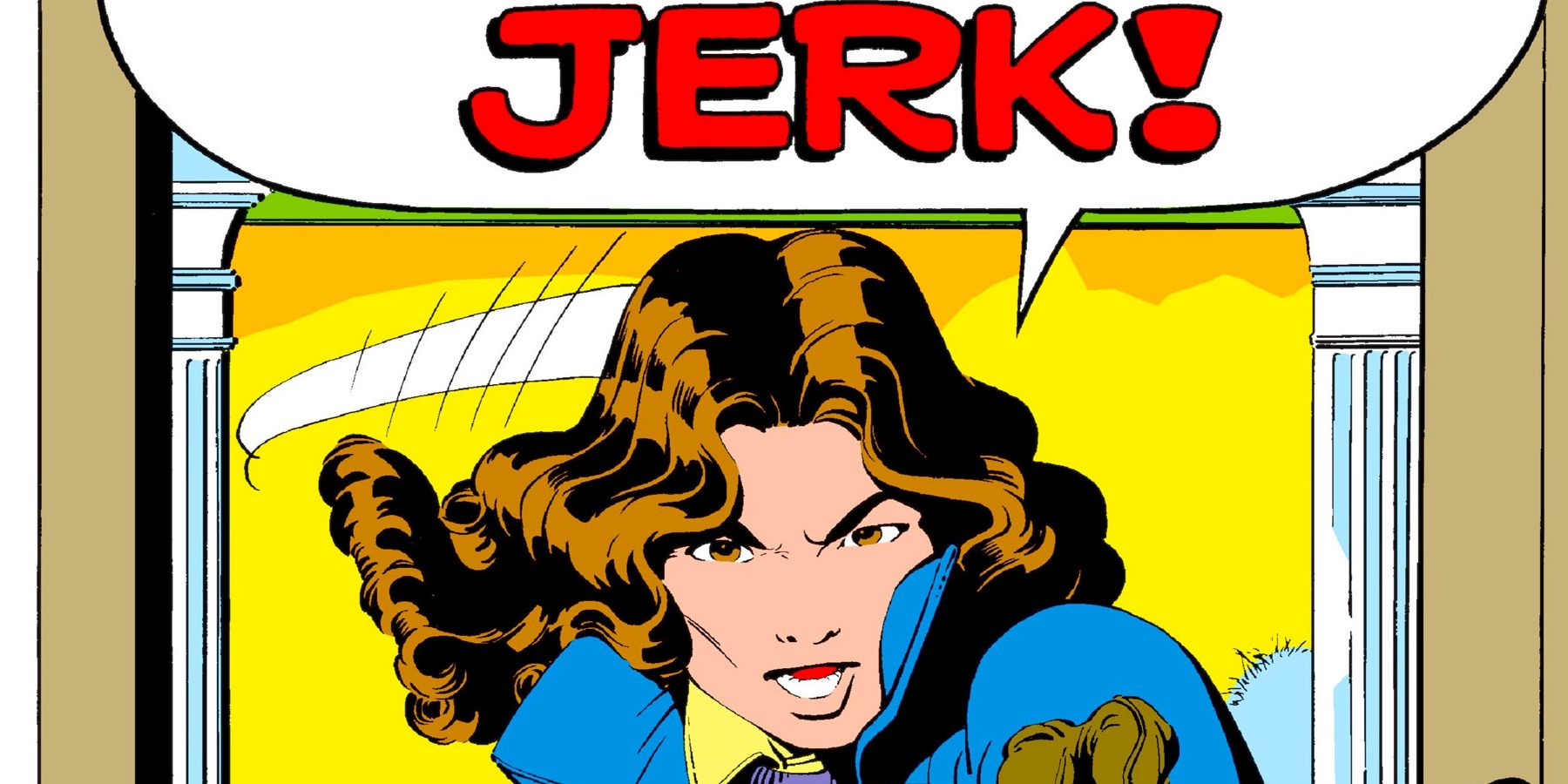
Uncanny X-Men #168 is a classic X-Men comic, written by Marvel legend Chris Claremont with art by Paul Smith, Bob Wiacek, and Glynis Wein, is famous largely for Kitty Pryde's exclamation that "Professor Xavier is a jerk!". This colorful and emotional opening scene helps reinforce an important, easily forgotten fact about the X-Men. Superheroes or not, many of them are still kids.
The X Mansion is technically a boarding school, where Professor X helps mutants like Kitty control and accept their powers. While many of these young heroes help to save the world, that doesn't mean they don't have the occasional teenage angst-fueled fights with their teachers and classmates. This opening sets the scene for the X-Men's juvenile cast better than any other.
8 The Harlem Hellfighters Fight For Freedom
Max Brooks' graphic novel The Harlem Hellfighters shined a light on the heroics of the only all-African-American unit in WWI, and the war's most highly decorated unit at that. The opening pages as drawn by Caanan White truly put the "graphic" into graphic novels, with a horrific look at the blood and mud of the trenches.
Brooks' narration makes it clear that this will be an ugly story and that living through the carnage of the trenches will be but one challenge the Hellfighters will face. They'll also have to fight against and suffer from discrimination from their own countrymen.
7 Wolverine #66 Breaks Logan
Introducing Old Man Logan to Marvel Comics, this story's narration explains that on "the night the heroes fell" no one knew what happened to Wolverine. These words are juxtaposed with a bloodied Wolverine staggering in front a train. The story then jumps into the distant future, focusing on Old Man Logan's very different life as a farmer.
Decades have passed but McNiven's art illuminates Logan's pain. The haunting beginning leaves readers with many questions as it introduces its Earth's bleak future unforgettably.
6 Hellblazer #5 Delivers An Incredible Mystery
This early entry John Constantine's story, written by Jamie Delano with art by John Ridgeway is a prime example of what made the British mage and grifter so popular. This story's cold open feels like something out of the X-Files as it begins with a young American soldier opening fire in Vietnam's jungle. However, when he emerges from the brush, he's on his childhood farm in Iowa and his father is dying on the ground.
Constantine arrives to investigate the mystery of a boy's disappearance and a father's death, 20 years after his son went missing. The story itself is one of Delano's best, but the art and its unusual layouts are what sell this story, forcing readers to check every panel for crucial details.
5 Saga #1 Begins Its Death-Filled Story With A Birth
Saga, written by acclaimed author Brian K. Vaughn and drawn by Fiona Staples is a thrilling space opera, full of conflict, death, and surprisingly pure love. The story begins with its narrator's birth, Hazel, the child of two warring species. Her young life marks her young parents for death as they're hunted by their home planets.
Hazel's very existence is a crime as she symbolizes the possibility of peace. Saga's beginning is grounded, emotional, and realistic. It also introduces its readers to its story's vast scale and beauty.
4 Scott Free Tries To "Escape Death" In Mister Miracle #1
Mister Miracle is one of comics legend Jack Kirby's creations and the 2019 miniseries written by Tom King and drawn by Mitch Gerads emulates Kirby's style, including the use of 3x3 panels on almost every page. However, the story's opening splash page provides the exception to this rule. Here, Mister Miracle is finally free of the panels that form his prison's bars. Sadly though, he's attempted to escape his own life.
Mister Miracle is a story about a hero trying to balance a mundane life with a vast cosmic war. Every decision he makes has monumental consequences, but at the same time the universe's perfect escape artist is trapped by responsibility and even by love. This opening lets readers know they're reading about a side of the lighthearted New God no one's seen before.
3 Dystopia Never Looked So Good In V For Vendetta #1
Alan Moore is one of comics' greatest writers and he's known for taking the time to coordinate his stories with his artists. Moore manages to jam-pack every page of his stories with details that set the story's tone, and artist David Lloyd brings his vision to life masterfully in V For Vendetta.
Moore's dystopian imagery in the opening pages of V for Vendetta combines with statements from a loudspeaker, illustrating the power this world's tyrants hold. "The weather will be fine until 12:07 A.M. when a shower will commence," establishes this world's authoritarian regime as supreme, setting it up for its monumental fall at the hand of the story's antihero, V.
2 Art Spiegelman Shatters The Fourth Wall In Maus
Maus is one of the comics medium's singular achievements, a graphic memoir that won a special Pulitzer Prize. As he opened his story's second volume, Spiegelman spoke directly to readers with disarming honesty, willing to share the pressure and pain that came with his successful retelling of his his family's trauma in the Holocaust, and the newfound celebrity that came with it.
Spiegelman hides his face behind a mouse's mask, disguising himself as one of his characters, and turns to address the reader directly. He admits that his book's success has changed his life but hasn't brought him much joy as he delves into his mother's death and child's birth. The opening ends with him crying for his mother while he's surrounded by reporters, his grief permanently on display to the world.
1 Watchmen's Opening Is The Ultimate Combination Of Art And Narration
The opening pages of Alan Moore's seminal comic Watchmen are a master class on the juxtaposition of word and image. Each panel is narrated by entries from Rorschach's hateful journal, as the book's "camera" starts out in an extreme close-up on a bloody smiley-face button in the street, and pans back to the window The Comedian was thrown through, dozens of stories above. The book's first dialog is a police detective's rote observation that it's "quite a drop."
Watchmen's opening reads like a well-directed film. Reminiscent of David Lynch's Blue Velvet, it combines the mundane and the grotesque, setting up a story of imperfect superheroes and a world on the edge of its own end. It's the perfect combination of Moore's disturbing words and Dave Gibbons' and Adam Hughes' immaculate, detailed art, making this opening a jewel in comics' crown.

